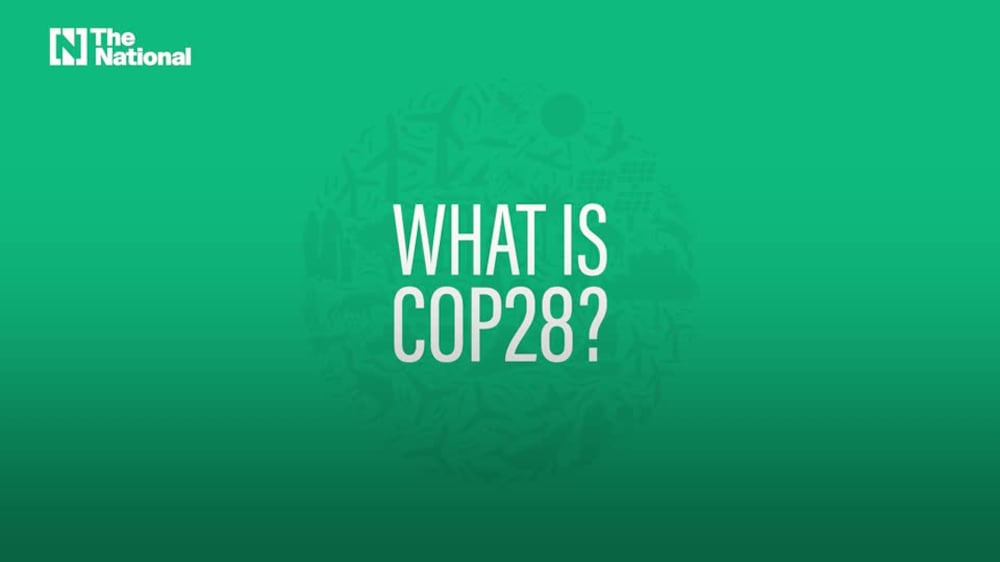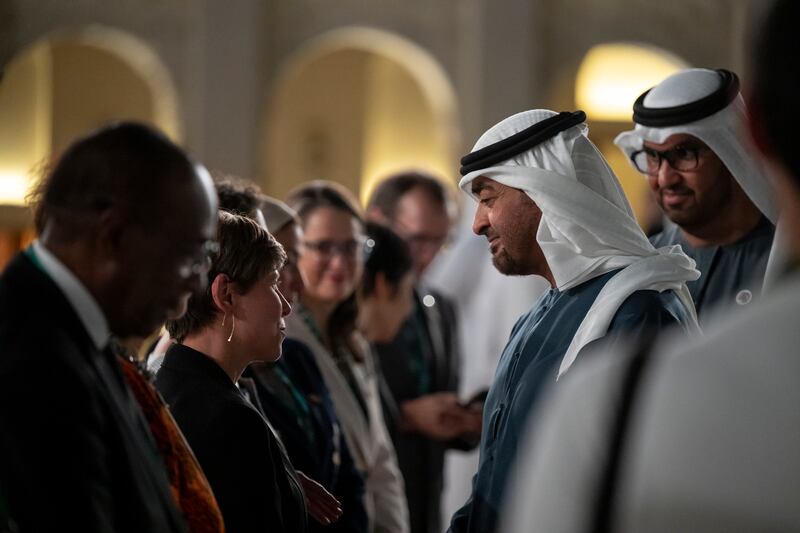Cop28, the UN climate conference, opens on November 30 at Dubai Expo City. Climate activists hope it won’t unlock a path to more oil and gas production.
Is there a justification for investing in hydrocarbon extraction in a world trying to get on track for net zero?
This question goes well beyond simplistic headlines. Overinvesting could, at best, waste a lot of money and, at worst, as many fear, lock us into a world of high emissions and catastrophic global heating.
Conversely, not spending enough could mean an energy crunch, very high oil prices, economic and geopolitical disruption, and possibly a turn against ambitious climate policies.
This debate was crystallised by the International Energy Agency’s declaration in 2021 that, in a world on a path towards net-zero emissions, no new oil and gasfields would need to be developed. The IEA reiterated and updated that view in September.
This framing is wrong, or at least, backwards. Environmentalists remain locked in a mindset of limited resources, in which every barrel of oil, cubic foot of gas or tonne of coal will eventually be dug up and burnt, if not prevented.
In reality, long-term demand determines supply, not vice versa. If oil is not required, because of the adoption of electric vehicles and other alternatives, prices will fall and investment will stop.
The example of the long slump from 1986 to 2001 is instructive.
Following the slump of global demand during that period, Opec spent two decades inching back to full capacity; countries such as Libya, Venezuela and Indonesia have never regained their 1970s highs.
How exactly a “net zero” pathway plays out depends on how the major producers – particularly Opec and its allies – respond.
Net zero does not mean absolute zero. A variety of sustainable development and net-zero scenarios have between 17 million and 45 million barrels per day of oil use in 2050, from about 102 million bpd this year.
And it will not have escaped notice that we are, unfortunately, nowhere near on track for global net zero. Oil companies have to tackle environmental challenges honestly, but they can invest for the world as we would wish it, or the world as it is.
Watch: What is Cop28?
What is Cop28?

Within the carbon budget, there is room to use oil in non-emitting uses – to make long-lived chemicals and plastics, or to combust it with carbon capture and storage, albeit this is more applicable to gas.
Remaining unavoidable uses of oil, notably in aviation, can be offset with carbon dioxide removal from the atmosphere by technological, mineralogical and biological methods. These should not be over-relied on but should not be rejected either.
Adnoc has one of the world’s largest expansion plans. From about 4.5 million bpd of capacity today, and 2.94 million bpd of actual production in October (limited by Opec+ targets), it aims to reach 5 million bpd by 2027. This is an advance on its previous 2030 timeline.
However, building that capacity does not necessarily mean that it uses it as it depends on the UAE's view of the market, the level of prices and other occurrences – such as politically driven supply disruptions.
Of other notable gainers, Saudi Aramco is in the process of adding 1 million bpd of capacity by 2027, the US Energy Information Administration foresees about 1.5 million bpd extra American output by the mid-2020s, while Guyana, which only began production in 2019, could reach 1.2 million bpd by 2027.
Iraq’s future output will fall well short of its ambitions and geological potential, but it too could see significant gains. Brazil has struggled to grow output consistently but might add up to 1.6 million bpd by 2030.
Other than that, and wild cards such as exploration hotspot Namibia, sanction-hit Iran or insecurity-plagued Libya, most other countries seem set for declines or at most, moderate increases, particularly beyond 2030.
Upstream production accounts for about 15 per cent of the climate impact of a barrel of oil, but with wide variation.
Energy-intensive producers of heavy oil, or with extensive gas flaring, such as Algeria, Canada, Venezuela, Russia and Iran, have upstream emissions equivalent to a quarter of each barrel.
For the most carbon-frugal, including the UAE, Saudi Arabia, Norway and Denmark, that figure is as low as 6 per cent.
Adnoc and others plan to make further improvements: reducing methane leakage to near-zero, eliminating the flaring of unwanted gas, electrifying facilities and powering them with nuclear and solar power, and expanding carbon capture and storage.
Whether oil production to 2050 is large or much more limited, it’s best that it be with the lowest possible carbon footprint.
After a few years of plateau, oilfield output declines naturally as fields deplete. This decline rate depends on the field’s geology and the nature of its oil, and how aggressively it is developed.
Giant Middle Eastern fields, produced conservatively, may show little or no decline for decades. At the opposite extreme, shale wells are notorious for losing half or more of their output in the first year.
Oil production capacity can always be idled or saved for later, if not required. In the converse situation, though, it can’t be built quickly if suddenly needed.
That was amply demonstrated last year when, following Russia’s invasion of Ukraine, a parade of top politicians from US President Joe Biden to German Vice Chancellor and Green Party member Robert Habeck appeared in the Gulf to request more oil and gas output.
President Sheikh Mohamed meets participants in pre-Cop28 talks in Abu Dhabi – in pictures
It’s odd that, having spent five decades since the first oil shock in 1973 trying to diversify oil production to ensure supply security, that Western energy policy now goes in the opposite direction.
So, the world must work intensively on hugely expanding zero-carbon options such as renewables, electric vehicles and hydrogen, advancing non-emitting uses of fossil fuels, and decarbonising remaining production.
This is inevitably a messy, complicated and frustrating picture. But it’s more realistic and honest than a simplistic idea that oil companies’ production decisions determine the fate of global climate policy.
Robin M. Mills is chief executive of Qamar Energy and author of The Myth of the Oil Crisis















